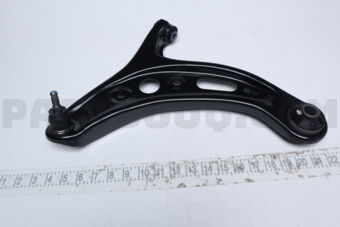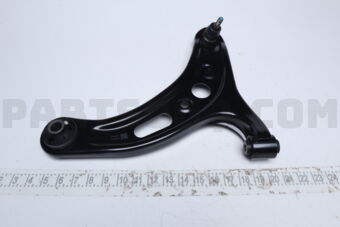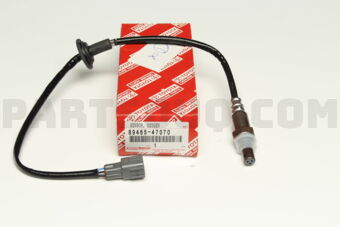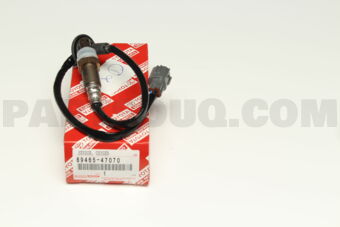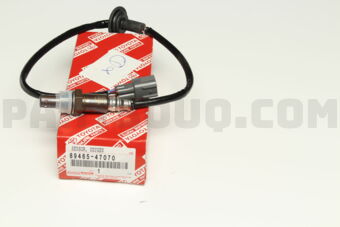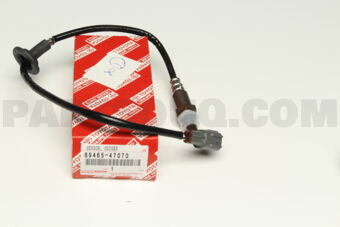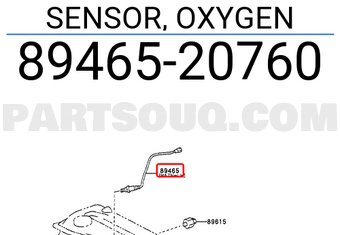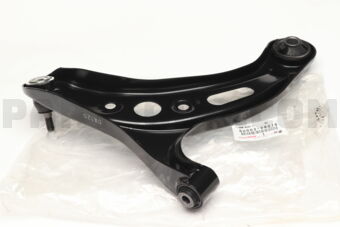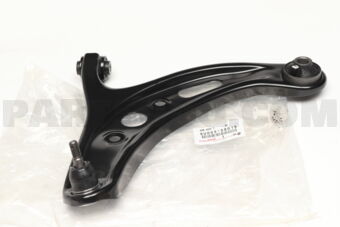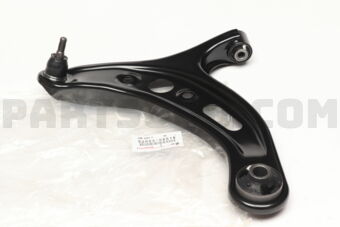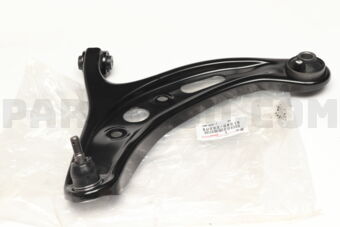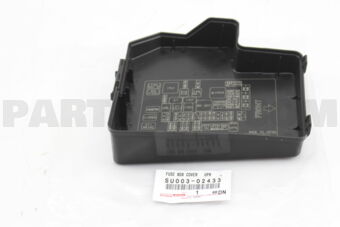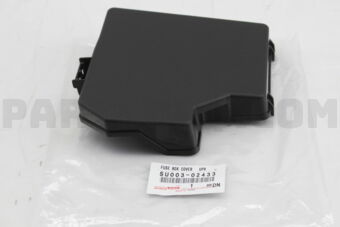Search result for: SU00310055
ARM ASSY F RH
Part number: SU00310055
Availability: 1
Weight, kg: 3.123
Order now:
Make: Toyota
Made in: Japan

ARM ASSY F RH
Part number: SU00310055
Availability: 12
Weight, kg: 3.123
Processing: 2-3 days
Make: Toyota
Made in: Japan

Substitutions
HOSE, COOLER REFRIGERANT DISCHARGE, NO.1
Part number: 8871160470
Availability: 6
Weight, kg: 0.8
Order now:
Make: Toyota
Made in: Japan

SENSOR, OXYGEN
Part number: 8946547070
Availability: 5
Weight, kg: 0.189
Order now:
Make: Toyota
Made in: Japan

HOSE, COOLER REFRIGERANT DISCHARGE, NO.1
Part number: 8871160470
Availability: 9
Weight, kg: 0.8
Processing: 2-3 days
Make: Toyota
Made in: Japan

SENSOR, OXYGEN
Part number: 8946520760
Availability: 1
Weight, kg: 0.176
Processing: 2-3 days
Make: Toyota

SENSOR, OXYGEN
Part number: 8946547070
Availability: 12
Weight, kg: 0.189
Processing: 2-3 days
Make: Toyota
Made in: Japan

BEARING SET
Part number: S132011780
Availability: 1
Weight, kg: 0.385
Processing: 2-3 days
Make: Toyota

ARM ASSY, FRONT SUSPENSION, LOWER RH
Part number: SU00300354
Availability: 0
Weight, kg: 3.126
Make: Toyota
Made in: Japan


COVER, RELAY BLOCK, UPPER, NO.1
Part number: SU00302433
Availability: 0
Stock Forecast: 2 days
Weight, kg: 0.127
Make: Toyota

Essential Function of the Oxygen Sensor
The oxygen sensor is a critical component in your vehicle's emission control system. It provides real-time information to the engine control unit (ECU) regarding the oxygen levels in the exhaust gas. This data is instrumental in adjusting the air-fuel mixture for optimal combustion, ensuring your vehicle runs efficiently while minimizing harmful emissions.
How the Oxygen Sensor Works
Located in the exhaust manifold, the oxygen sensor measures the proportion of oxygen in the exhaust gases. It generates a voltage signal based on the oxygen content, which the ECU then uses to tweak fuel injection and ignition timing. This ongoing adjustment optimizes fuel consumption and reduces toxic emissions, thus playing a vital role in maintaining engine performance and meeting environmental regulations.
Consequences of a Faulty Oxygen Sensor
When an oxygen sensor malfunctions, it can lead to a series of issues. The most common symptom is reduced fuel efficiency, as the ECU receives incorrect data and may increase fuel injection unnecessarily. This inefficiency not only hurts your pocketbook at the pump but also elevates emission levels, potentially failing emissions tests. Additionally, a defective sensor can cause rough idling, engine misfires, and even damage to the catalytic converter due to excessive fuel in the exhaust.
Compatibility
This oxygen sensor is specifically engineered for seamless integration with select models, ensuring precise fitment and function.
- Toyota Prius
Replacing a faulty sensor with a compatible and high-quality version ensures that the engine can perform at its best, safeguarding both your vehicle's longevity and the environment ?.

